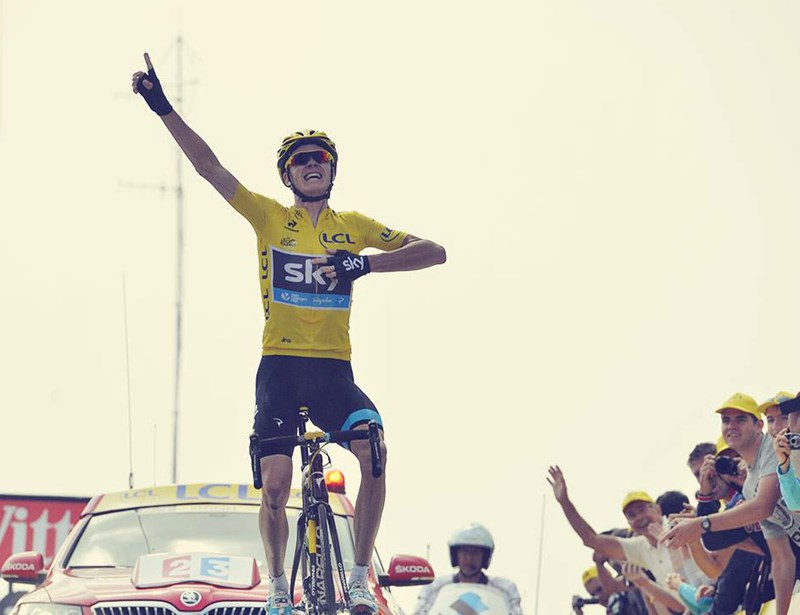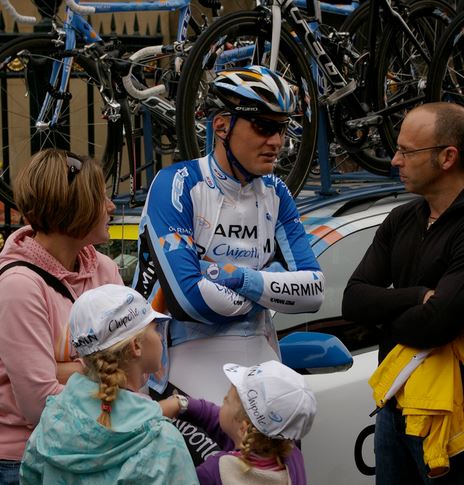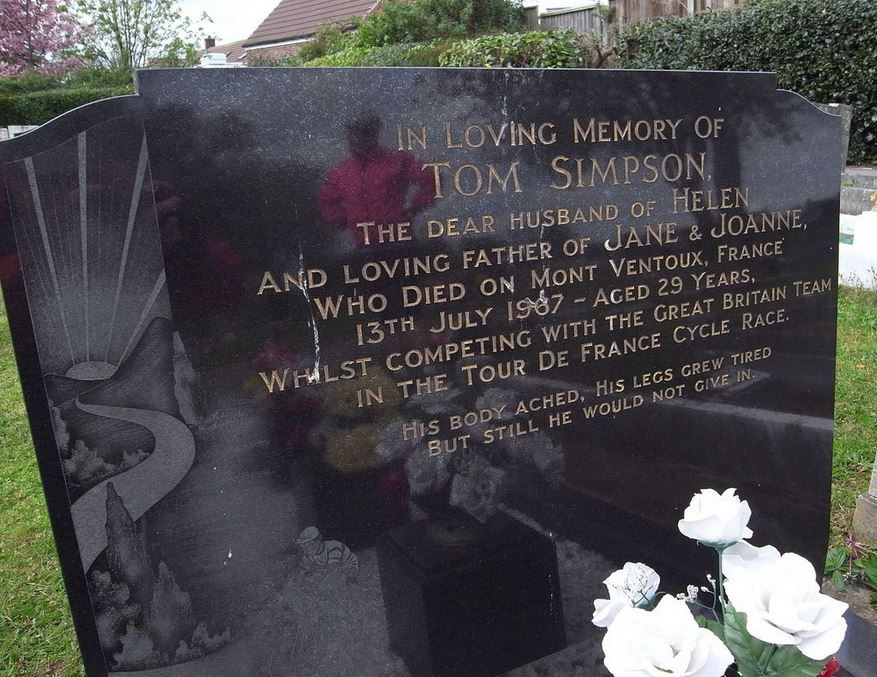
By Vicky Anscombe on 30 June 2015
Running from July 4th to July 26th, the 102nd Tour de France promises to be a terrific event - and cycling fans worldwide are already gearing up for weeks of wheely, wheely good fun. (Sorry).
The Tour will be made up of 21 stages and will cover a total distance of 3,360km. However, that's not the only trivia you should know. If you're new to the Tour de France and want to impress the people you're watching it with, here are some facts to get you started.
- The average rider burns a whopping 123,900 calories over the course of the 23-day race. That’s the calorie equivalent of eating 252 double cheeseburgers.

- During the three-week challenge, the peloton tend to wear out around 792 tyres.
- Booze used to be a massive part of the race; Tour riders drank alcohol when competing to numb the pain. However, this was stopped in the 1960s as a law was passed stopping sportsmen using stimulants when competing.
- Firmin Lambot was the oldest winner; in 1922, he won the race aged 37. The youngest winner was Henri Cornet, who won the race in 1904 aged just 20. In the same year, Maurice Garin was disqualified for catching a train for part of the Tour de France, which was, perhaps predictably, frowned upon.
- Baywatch star Pamela Anderson has played her part. The Italian sprinter, Mario Cipollini, taped a picture of the buxom beauty to his handlebars as he thought that the sight of Pammie might boost his testosterone levels, and give him an extra advantage over the other cyclists. Whatever works.

- Cipollini wasn't just known for his bike decorations; he frequently raised eyebrows with his non-standard kit. It often got him into trouble with the race authorities and he and his team were fined for his antics, such as the time he wore all-yellow outfit while leading the Tour. However, wearing more yellow and having a yellow bike are now generally seen as being accepted. Let's not forget his muscle suit, which also led to a fine; the suit fetched £27,801 (US$43,710) in a charity auction, nearly 100 times the cost of the fine.
- Excess weight slows the cyclists down, so they try to keep as light as possible while maintaining strength and muscle mass; most of the riders are remarkably slender, although sprinters tend to be a little bulkier, as they're going for sprinter points, not to win overall. The heaviest cyclist who has ever competed in the race is the Swedish rider Magnus Backstedt, who weighed around 94kg, and is known affectionately as 'Big Maggy'.

- Let's talk about sweat. If you were to cycle the entire distance of the Tour de France, which is around 3,500kms, you would make enough sweat to flush a toilet 39 times. Isn't that lovely?
- The race has claimed the lives of four cyclists; Adolphe Helière (1910), Francisco Cepeda (1935), Tom Simpson (1967) and Fabio Casartelli (1995).

- The biggest-ever winning margin is 28 minutes 27 seconds (Fausto Coppi over Stan Ockers, 1952). The smallest-ever winning margin is just 8 seconds; this was in 1989, when American Greg LeMond beat Laurent Fignon. The 8 second margin was made on the last day, and was due to the controversial first-ever use of an aerobar in a time trial in the Tour de France. In 1919, the record for fewest-ever finishers was set - just 10 of the 69 starters made it over the finishing line.
Image credit: Tour de France/Facebook, Shutterstock and Flickr, with thanks to Laurence Arnold and Mark Waters
← Tunisia attacks: What you need to know, and what your insurance covers